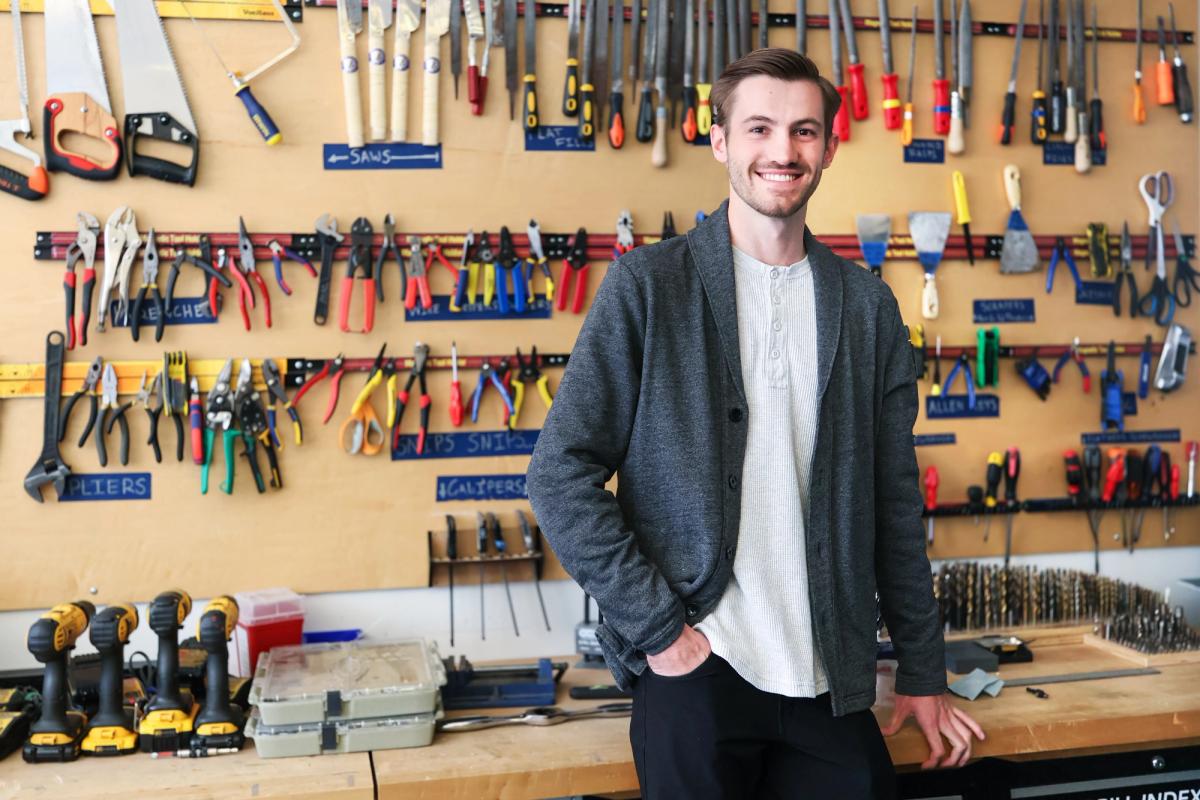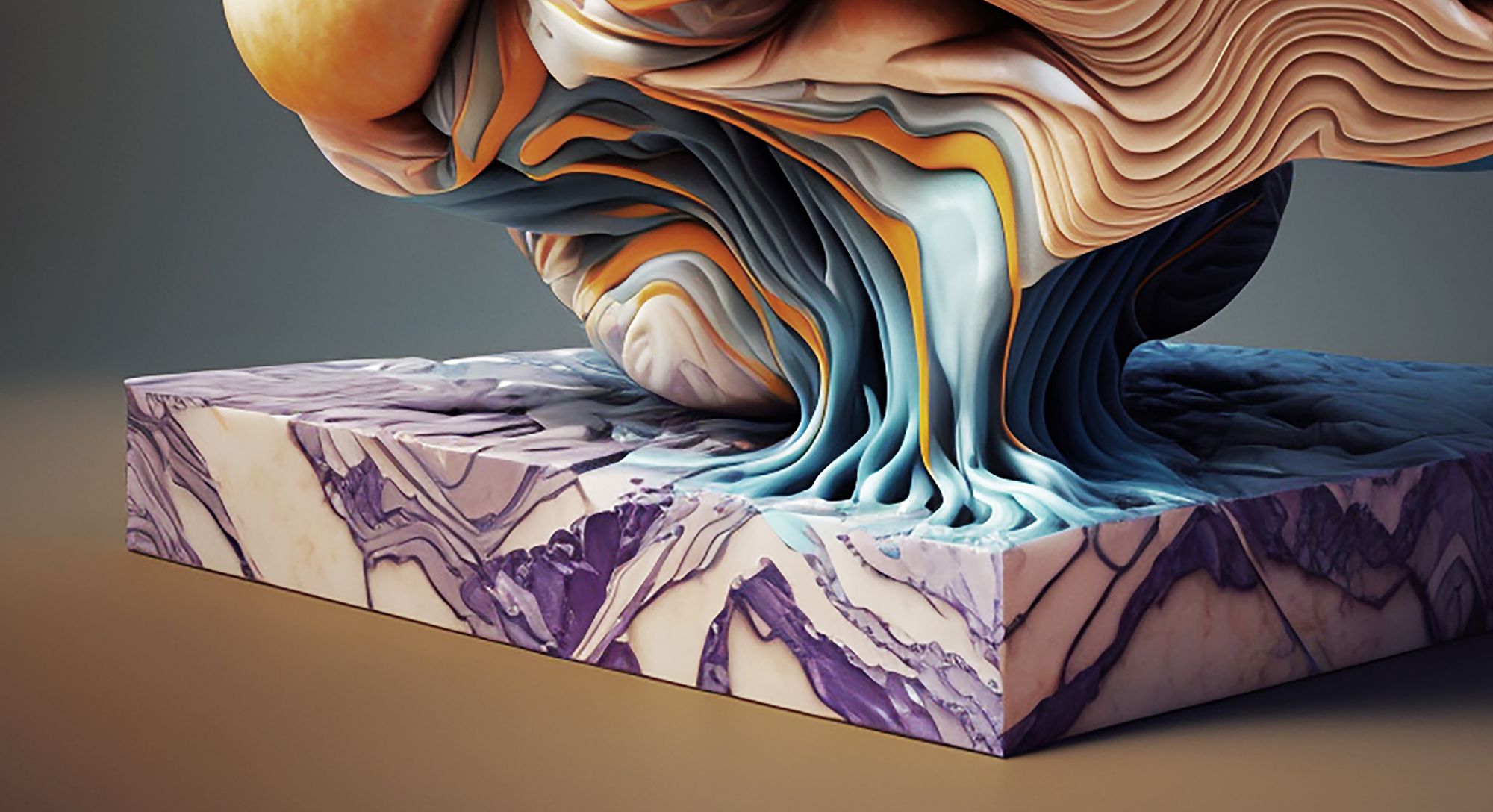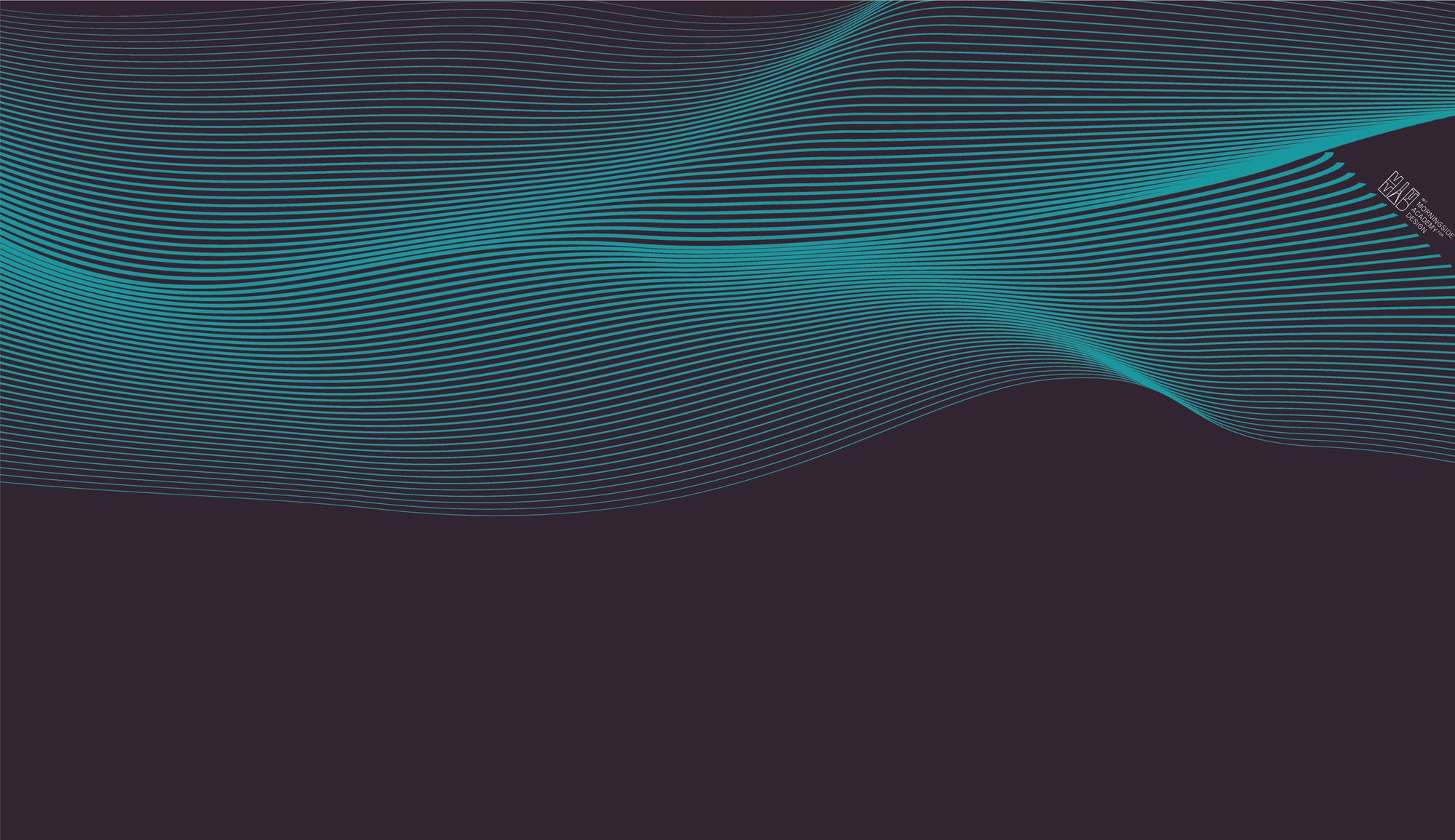2024 MAD Design Fellows Announced at the MIT Museum
The ten Design Fellows are MIT graduate students working at the intersection of design and multiple disciplines such as Mechanical Engineering, Civil and Environmental Engineering, Urban Studies and Planning, Architecture, Media Arts & Sciences, Electrical Engineering and Computer Science, and Management.
May 2, 2024
Each year, the MIT Morningside Academy for Design (MAD) supports MIT graduate students with a fellowship allowing them to pursue design research and projects while creating community. Pulling from different corners of design, they explore solutions in fields such as sustainability, health, mobility, urban planning, social justice, or education. On May 1, 2024, MAD announced the 2024 cohort of Design Fellows at the MIT Museum.
The event “Designers for the Future,” which was part of Boston Design Week, was the occasion to put in dialogue three generations of Design Fellows — the 2022 inaugural cohort, the current 2023 cohort, and the incoming 2024 cohort — to explore how to design across time, space, and disciplines.
Congratulations to:
Sofia Chiappero
MCP, MIT Department of Urban Studies and Planning
MITdesignX

Sofia is working around the intersection of community development and technology, aiming to address the challenges faced by underserved communities at risk of displacement in Latin America.
Through a blend of social science and digital inclusion, she seeks to design a new approach to researching human interactions and replicating them in virtual settings, with the ultimate goal of preserving the identity of these communities and giving them visibility for resilient growth.
Clemence Couteau

Clemence is tackling the rise of postpartum depression (PPD) among U.S. mothers by aiming to develop a digital solution empowering at-risk pregnant women to improve mental health outcomes. This involves a self-directed therapy chatbot in a mobile app, based on the “ROSE” protocol.
Mateo Fernandez
MArch, MIT Architecture

Mateo explores how to depart from the current construction industry, designing alternatives such as growing buildings with biomaterials, and deploying advanced 3D printing technologies for building.
Charlotte Folinus

Charlotte creates new methods for designing soft robots, using these tools to design soft robots for gentle interactions, uncertain environments, and long mechanical lifetimes.
Alexander Htet Kyaw
SMArchS, MIT Architecture
SM, MIT Electrical Engineering and Computer Science
MITdesignX

Alexander's current research utilizes robotic assembly, multimodal interaction, and generative AI to challenge conventional manufacturing and fabrication practices. He is working on an AI-driven workflow that translates design intent into tangible objects through robotic assembly.
Dení López

As a Design Fellow, Dení uses design research to evaluate and extend the scope of Bicheeche Diidxa’, a longstanding Participatory Action Research initiative for disaster resilience focused on five Zapotec communities along the Los Perros River in Oaxaca, Mexico.
Caitlin Morris

Caitlin’s research explores the role of multisensory influences on cognition and learning, and seeks to find and build the bridges between digital and computational interfaces and hands-on, community-centered learning and teaching practices.
Maxine Perroni-Scharf

Maxine is currently working on developing techniques that enable the discovery and design of extremal metamaterials — 3D printed materials that exhibit extreme properties arising not from their chemical composition but rather from their structure. These can be applied to a variety of tasks, from battery design to accessibility.
Lyle Regenwetter

Lyle develops methods to incorporate design requirements, such as safety constraints and performance objectives, into the training process of generative AI models.
Zane Schemmer

Zane’s research aims to minimize the carbon footprint of the built environment by designing efficient structures that consider the availability of local materials.
Related News
Related Events

Designers for the Future

Tomorrow’s Designers, Designing Today

